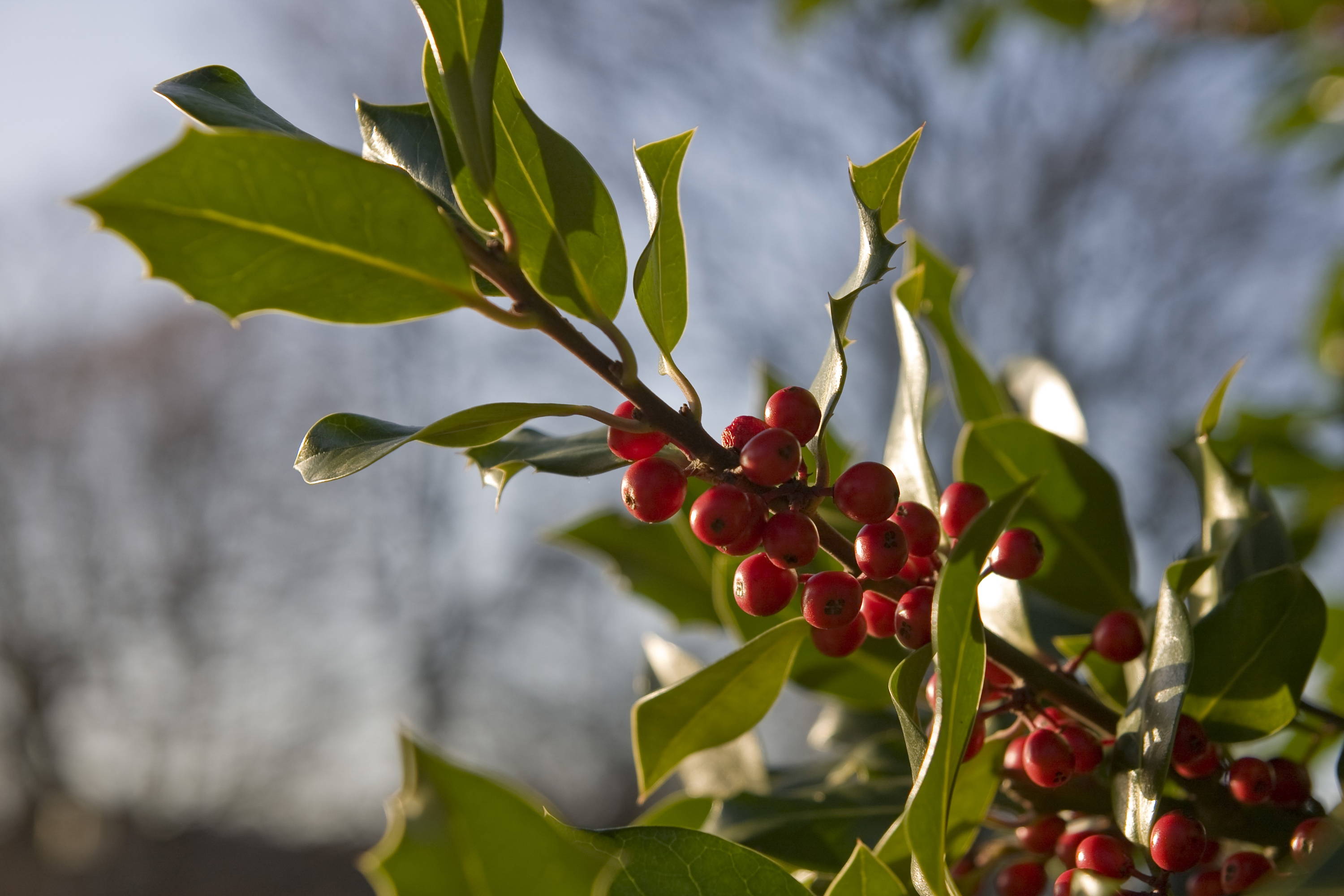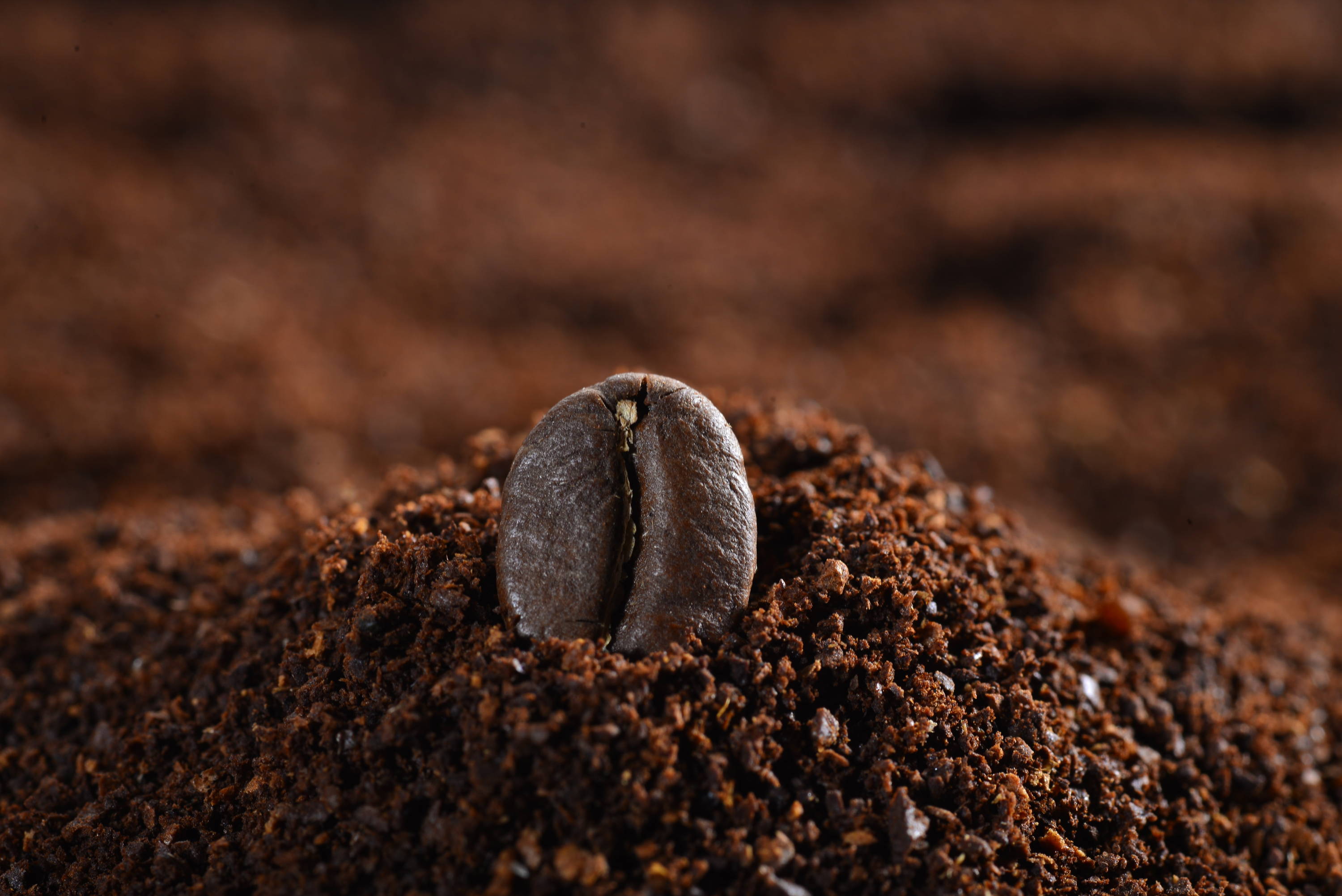The path of SOE coffee is one that focuses heavily on transparency, sustainability, and traceability. From the farm to your cup, each step plays an integral role in ensuring that the coffee you’re drinking maintains the integrity of its origin. Here’s an overview of the process:
1. The Farm: Where Terroir Comes to Life
The story of SOE coffee begins at the farm level. Each coffee-growing region brings its own unique characteristics, which are influenced by factors like altitude, climate, and soil composition. Beans from higher altitudes, for example, tend to have more complex flavors due to slower maturation, which allows the beans to develop more nuanced and delicate profiles.
Many SOE coffees are also grown on smaller, family-run farms or specific estates, which allows farmers to focus on quality over quantity. These beans are often hand-picked, ensuring that only the best cherries make it into the final product. This care and attention to detail contribute to the coffee’s uniqueness, as the farmer’s practices and the region’s climate play a significant role in the flavors you’ll eventually experience.
2. Processing: The Art of Coffee Preparation
Once the coffee cherries are harvested, they undergo processing—another crucial step in shaping the flavor profile. The most common methods are the washed (or wet) process, natural (or dry) process, and honey process. Each method affects the flavor, acidity, and texture of the coffee, which is why SOE coffee drinkers often describe it as having a "pure" or "unmasked" taste.
Washed Process: This method involves removing the cherry’s outer layers before the beans are dried. It often results in a cleaner, brighter flavor profile with more pronounced acidity.
Natural Process: In this method, the coffee cherry is dried with the bean still inside, which can result in a sweeter, fuller-bodied coffee with fruity flavors.
Honey Process: This is a hybrid method where some of the fruit’s pulp is left on the beans as they dry. The result is often a coffee that combines the brightness of the washed process with the sweetness of the natural process.
3. Roasting: Enhancing Flavors
Once the beans are processed and dried, they’re roasted. For SOE coffees, roasting is particularly important because it brings out the complex flavors inherent in the beans. Roasters who specialize in SOE coffee often use light to medium roasts to preserve the subtle notes that make each coffee unique. This is where the skill of the roaster truly shines. They aim to highlight the origin characteristics, such as fruity notes from Ethiopia or chocolaty tones from Colombia, rather than overpowering the coffee with dark roasting.
4. Brewing: The Final Step
When it comes time to brew SOE coffee, you’re really in for a treat. Unlike blended coffee, which is designed to be versatile and forgiving, SOE coffee often requires more attention to detail during the brewing process. Every brewing method—from pour-over to espresso—can bring out different aspects of the coffee’s flavor, and the goal is to highlight the distinct characteristics of the beans.
For instance, if you’re brewing SOE coffee using an espresso machine, you may notice that the espresso shot has a richer crema and a more complex flavor profile than a blend. Similarly, brewing with a pour-over may accentuate the coffee’s acidity and delicate flavors, allowing you to fully appreciate the terroir that shaped the beans.


